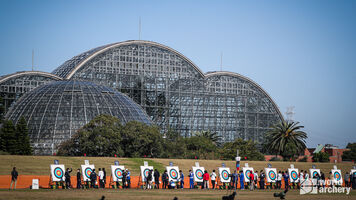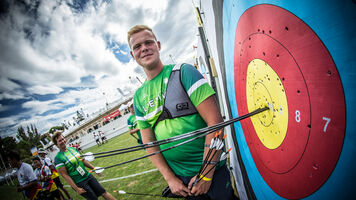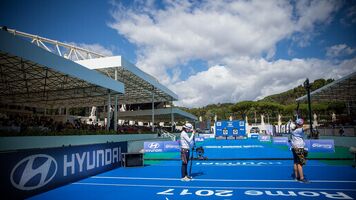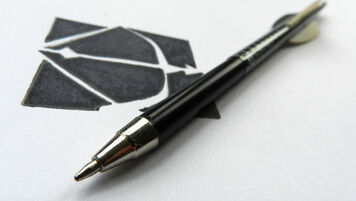Archery consumables and recycling: Nocks, vanes and arrow shafts
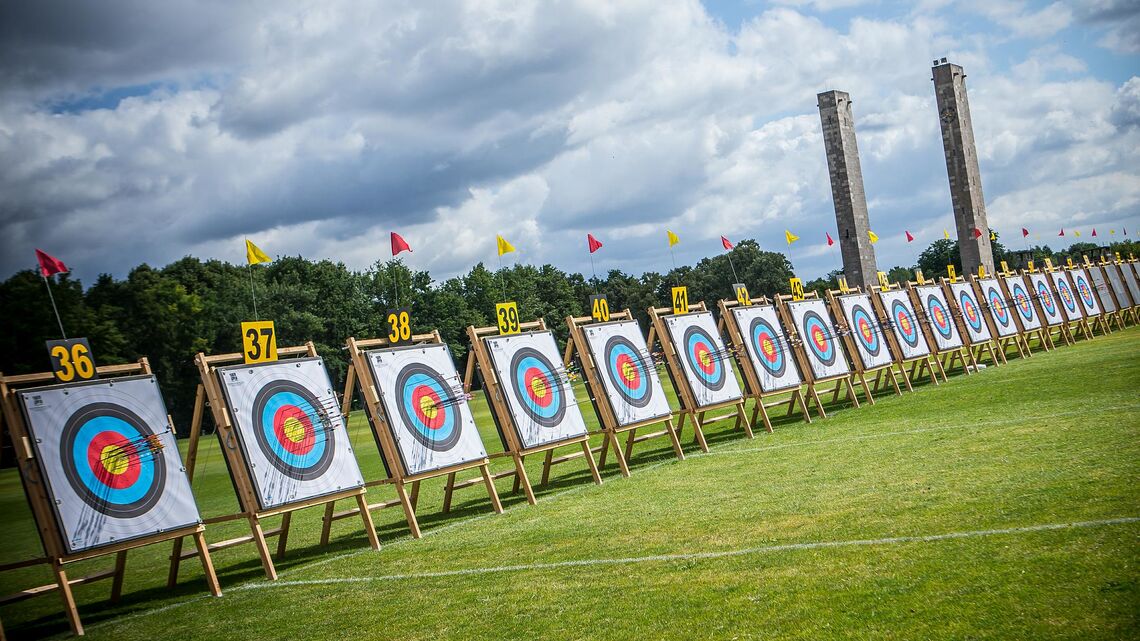
International archers will shoot somewhere between 50,000 and 100,000 arrows every year. That’s across practice and tournaments.
Think about the 1000s of people that have shot at the world championships and stages of the Hyundai Archery World Cup in 2019. And then about the millions more practising and competing in clubs, shops and ranges around the world.
It adds up to millions upon millions – maybe billions? – of arrows shot every year. And while most pieces of archery equipment are reusable, there are some pieces of gear that wear out.
Arrows, specifically the components of arrows like the nocks and vanes, bear the brunt of the force of a bow. They have a working life. They’re the only pieces of archery equipment that can be truly regarded as consumables. Once worn out, they’re no longer useful for what they were designed anymore.
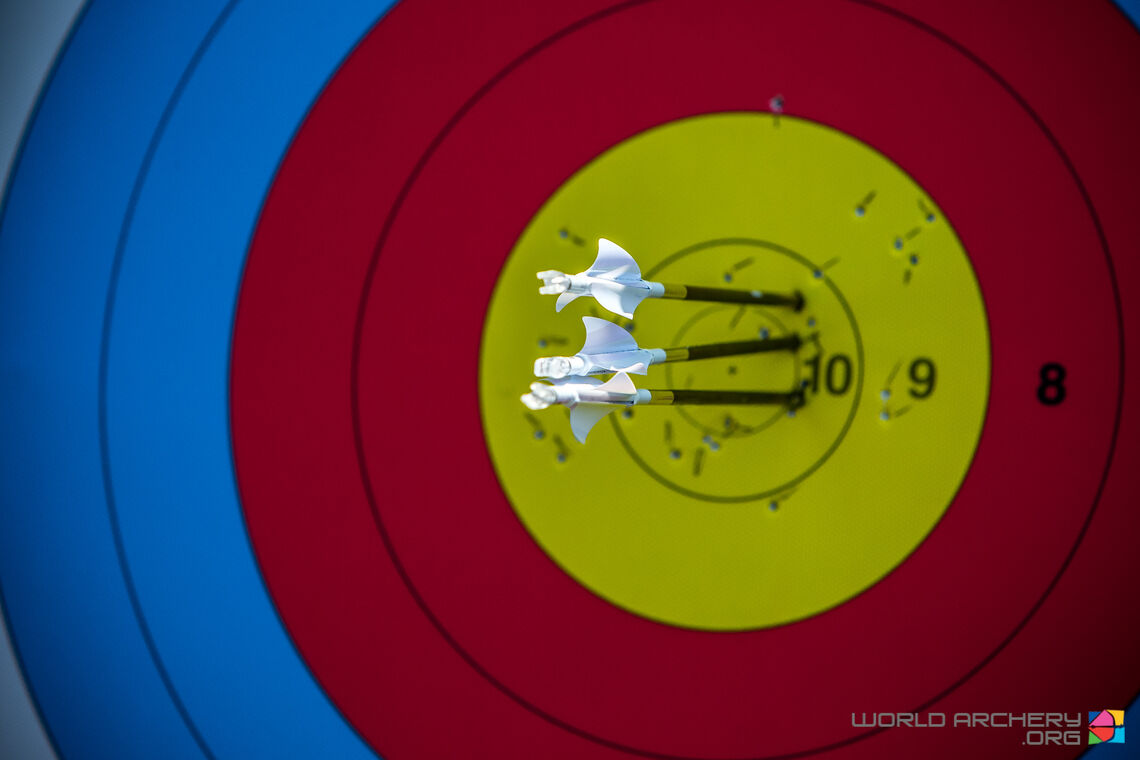
Nocks
Most archers at an international event will change nocks before a major competition.
“You’ll need a minimum of 100 nocks for every year,” said German head coach Oliver Haidn. “Always, always change them before a tournament.”
Members of the USA team change nocks before official practice so that they are worn in.
“We go all over with brand new ones, and we’ll shoot that for this tournament,” said Mel Nichols – who’s coaching Alexis Ruiz, a qualifier for the 2019 Hyundai Archery World Cup Final in her debut senior season. “Then we’ll train with them until we get ready for the next tournament, and then do the same thing.”
Using a different colour each time you change helps keep the rotation clear.
There are some top archers – particularly in the compound categories – that change nocks constantly. One arrow hitting another in a target can result in the form of the nock changing.
An inconsistent form in the nock will result in the inconsistent flight of the arrow. And with the level now being shot at international events, prudence pays off with points.
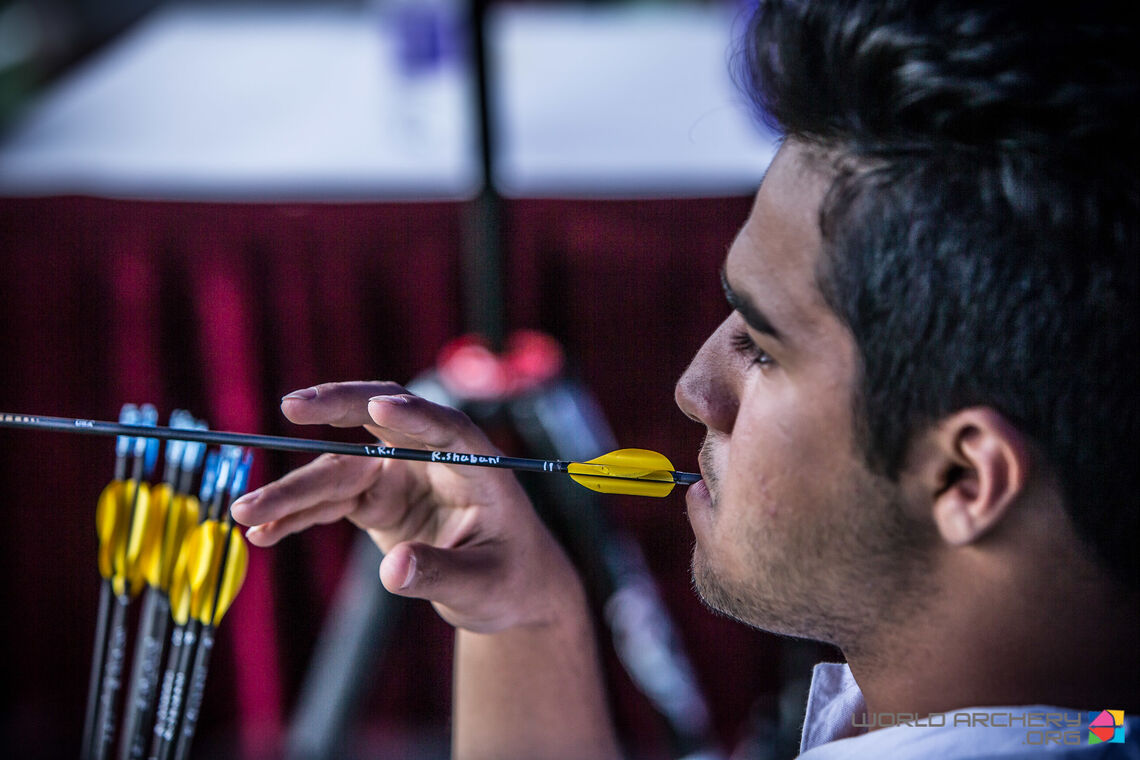
Vanes
Vanes, or fletchings, are perhaps the biggest consumable in terms of volume. Professional archers go through many hundreds each year. There’s even one recent Olympic medallist who allegedly refletches his arrows every night.
“For recurves, I’d expect a new set of spinwings right before each competition,” said Great Britain coach Jon Nott. “For compounds, if they’ve got a mark or a line then the vane needs changing. Having said that, the longer they’ve been on, the happier I am.”
Most elite archers use a separate set of arrows for practice and competition. Wear and tear on the equipment is obviously less when vanes have been shot less.
Shooting arrows without vanes – bareshaft – isn’t easy. The vanes stabilise the shaft in flight and are a vital part of the tune of an archery set-up.
With rips and tears and damage to vanes changing the profile of the equipment, and therefore how the arrow flies, it’s little surprise that coaches and athletes require pristine fletching at the highest level.
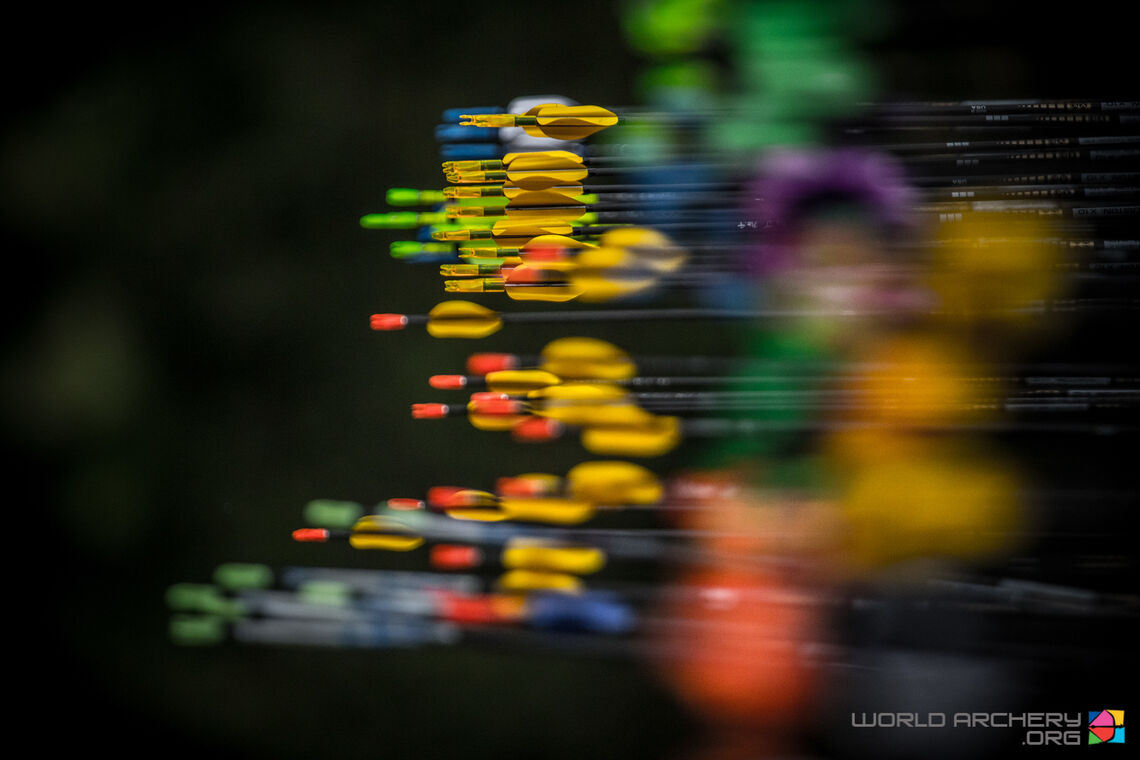
Arrows
The force exerted on an arrow when it leaves the bow is massive. Not only are arrow shafts designed to deal with this energy, bending and flexing in flight, but also to do so with absolute precision. Over time, these forces do wear on the arrow.
Coaches are often keen to stress that, if possible, archers should have two sets of arrows. One is for competition and, when those are tired, they’re kept only for practice.
“You should have a competition set and a practice set. And some people have a competition set and an important competition set and then practice arrows. Never sell or get rid of old arrows, always just use them for practice,” said Nott.
Small changes in the weight or structural strength of an arrow can affect how an arrow flies – and put it out of a group.
“Arrows are really important to watch because it could cost you points. You could be breaking the best shots possible, but if you have a bad arrow, it’s going to frustrate you more. Might as well just get rid of it,” added Nichols.
Some elite archers even keep a particularly ragged set of arrows solely for blank bale shooting. Recurvers that warm-up at three to four metres are expecting their arrows to come to an abrupt stop – before they have stabilised in flight.
“There’s a lot of extra stresses there. You should be shooting ‘dead’ arrows at a blank bale,” said Nichols.
Archery is a sport of consistency. Arrows should never be overlooked.
“The number of times I've seen someone with an old set of arrows with a brand new bow,” said Nott. “You’d have been better off with that older bow and a brand new set of arrows.”
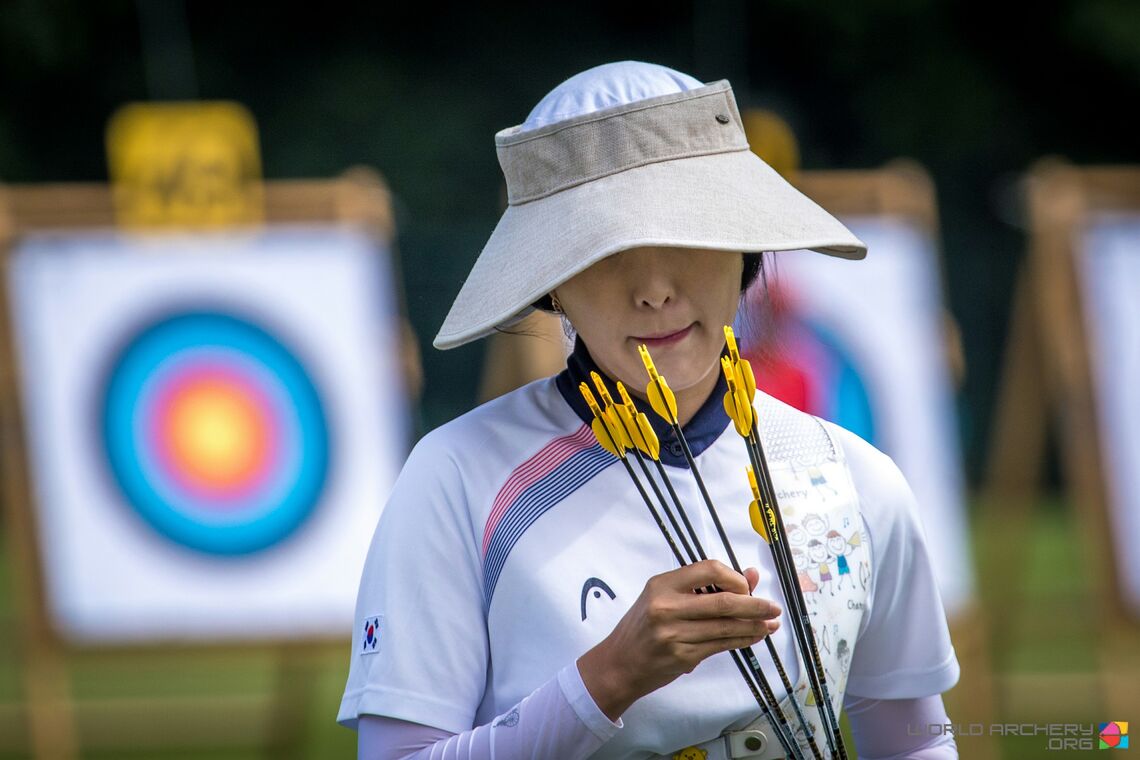
Sustainability
Achieving results in the sport requires attention to detail. Changing these pieces of equipment regularly is part of the pursuit of better results.
But what happens to nocks, vanes and arrows once they are used and discarded? Sustainability is a long-term issue, especially since not a great deal of archery equipment can be directly recycled in the conventional sense.
Any recycling that does occur tends to be more internal – with arrows being marked down from tournament to practice, to spares, for beginner usage at a club or even as pens or garden stakes.
“I am constantly amazed at the amount of plastic wasted and thrown away. It’s not so much the question of whether we should use plastic so much as how we use it and how we should use it again,” said Andreas Lorenz of German archery manufacturer Beiter.
“We use the best plastic, the first granulation, for the nocks as that has to be the very best quality. The off-cuts from that, we re-use to make the target pins and the armguards and so on. It’s still a very high-quality plastic and it’s not been wasted.”
In this modern world, companies are often forced to think about recycling through legislation or official initiatives. But the consumer bears the same responsibility.
It’s down to every person on the line to ensure these archery consumables don’t end up as useless waste. Instead, we should all find a way for this gear to end up at conventional recycling centres, where possible, or renewed and reused in a second life.


